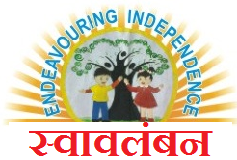Eye hand coordination–also referred to as hand eye coordination–is the visual processing of information to guide hand movements. Eye hand coordination is necessary to a variety of daily, routine activities—from picking up a book to knitting a scarf. Poor eye hand coordination accompanies many syndromes and conditions, such as autism spectrum disorders, cerebral palsy, decreased muscle tone, and certain visual disorders like optic ataxia. Many children with developmental delays also demonstrate poor eye hand coordination.
processing of information to guide hand movements. Eye hand coordination is necessary to a variety of daily, routine activities—from picking up a book to knitting a scarf. Poor eye hand coordination accompanies many syndromes and conditions, such as autism spectrum disorders, cerebral palsy, decreased muscle tone, and certain visual disorders like optic ataxia. Many children with developmental delays also demonstrate poor eye hand coordination.
The training program emphasizes developing n enhancing fine motor strength, pincer grip, in-hand manipulation skills, thumb opposition, finger isolation, bilateral coordination, crossing mid-line activities. It also incorporates sensory strategies and self-help skills.
